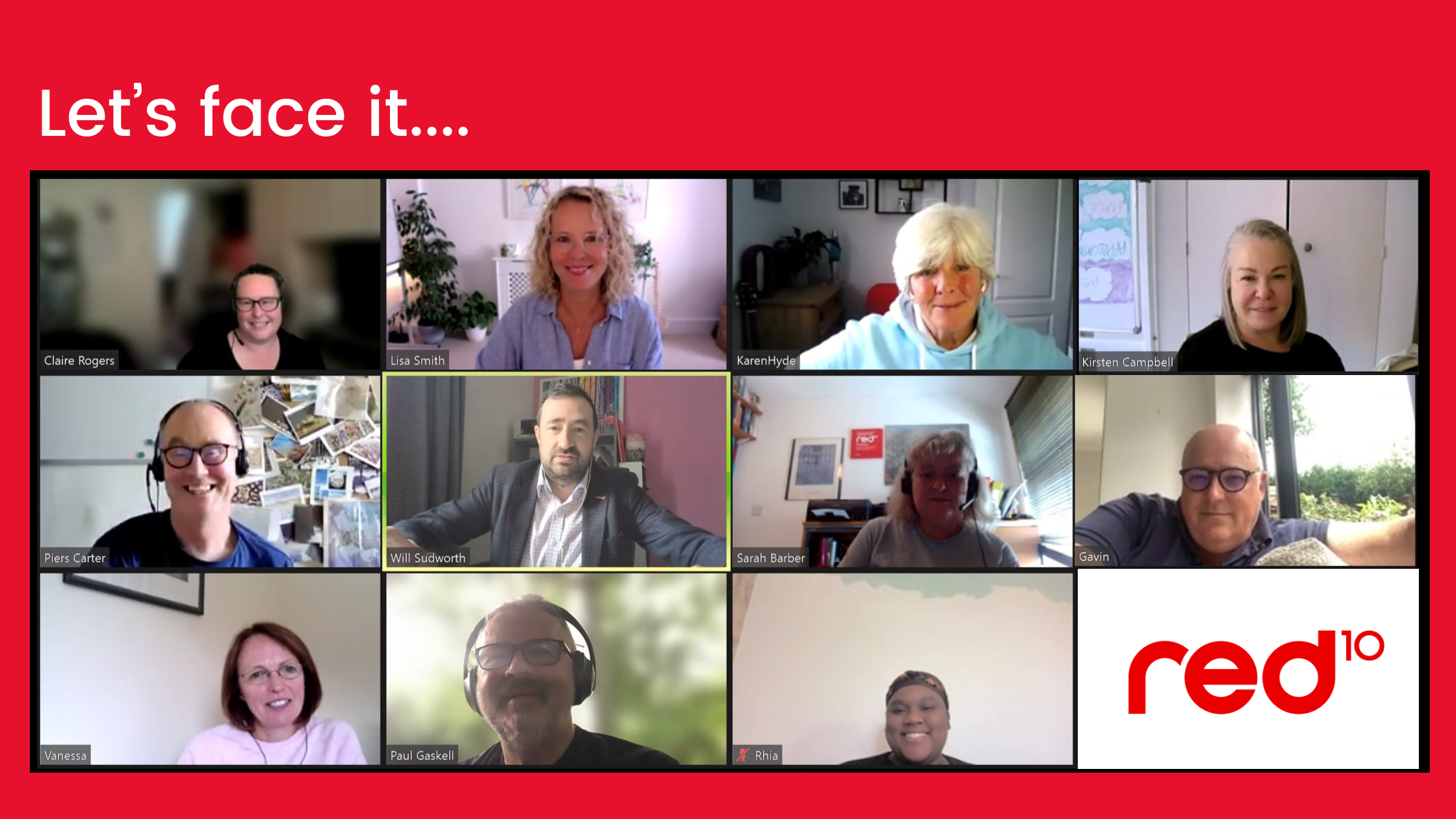
If leaders want engagement, they need to invest more in clarifying what they and their people are trying to achieve. Caroline Allen offers some food for thought (should you be in need of more after the Christmas holiday….) on why creating a vision and being clear on who the vision is for is so pivotal to effective leadership and team working.
Visions. Let’s see. Who do we know who has had one? Thomas Aquinas. Bottom in ‘A Midsummer Night’s Dream’. The entire army of Constantine, the Emperor of Rome had one. Joan of Arc had several. But, at work, most of us need to take rather more active steps to create one.
The word Vision is derived from the Latin verb ‘videre’ meaning ‘to see’. This provides a heavy clue to the true purpose of a vision. As individuals, we achieve little without a picture of what we are aiming for – whether in our mind’s eye or on the wall. Whether we want to reach the next small step or manifest our grand plan, we have a picture of what our chosen end game will look like. If we cannot ‘see’ what we are aiming for, we are destined to take random actions in the hope that something will change for the better.
A team vision is the shared, compelling picture of the difference the team wants to make, what it wants to become and how things will be when the team is fulfilling its purpose. Excited by the vision itself, the energy that team members consequently generate becomes infectious. Teams with a clear vision readily attract others who want to be part of that future. So a team vision can be considered compelling when members feel both excited by what will be and, most critically, feel impatient to get there.
But as the leader of a team, ask yourself this question: ‘Am I here to lead a team to help me manifest my vision (what I call a ‘dependent leadership vision’) or am I leading a team – of which I am a member – to achieve its vision (what I call an ‘interdependent leadership vision’)?
There is no right answer but your position sets you up for a particular leadership path. In the case of a dependent leadership vision, you are relying on the group to get you where you want to be. The team/ leader relationship is generally transactional and often short-lived. You will need to invest a lot ‘up front’ persuading and encouraging because you need, in effect, to ‘sell’ your vision. In order to decide what is in it for them, individuals will require the detailed terms and conditions under which they are ‘signing up’ to deliver what you want. The working model will most likely become ‘hub and spoke’ with you very firmly in the centre. Once the vision is reached, (or if the journey becomes too difficult), team members will quickly switch allegiances in search of a new vision and a new leader. You will therefore need to keep selling and persuading and often to new people due to high team turnover.
In contrast, an interdependent leadership vision means that the working model will be more like a ‘spider’s web’ with your leadership role being situated anywhere in that web. What you need to do and be on the way to reaching the vision may change because the nature of your leadership is determined by the requirements of the team rather than the team being a requirement of your leadership.
If your intent is to bring about some kind of transformation and change, you will need an interdependent leadership vision. One volunteer may well be worth a hundred pressed men but one co-created vision is worth a thousand top-down directives.
However, even when transformation is the goal, leaders are still prone to believing that they are derelict in their leadership duty if they do not squirrel themselves away (normally with a handful of business consultants) to emerge a zillion slides later like a butterfly with a perfectly-formed vision of everyone else’s future. But this can only ever be the leader’s vision. Not only does the team now need to get its head around this picture but they need to decide if it’s something worth them signing p to emotionally. If they had been invited to join the party earlier to help create the vision, their heads and hearts would already be signed up.
Finally, a plea to all leaders on behalf of every team member who, in 2015, will take part in an activity to create a vision. Please draw it, feel it, visualise it, sing it, mime it, smell it, hear it, even tap dance it but please, please do not write it on a flip chart and word-smith it. The only thing compelling about a word-smithing exercise is the desire to get to the bar to end it. Happy New Year.










